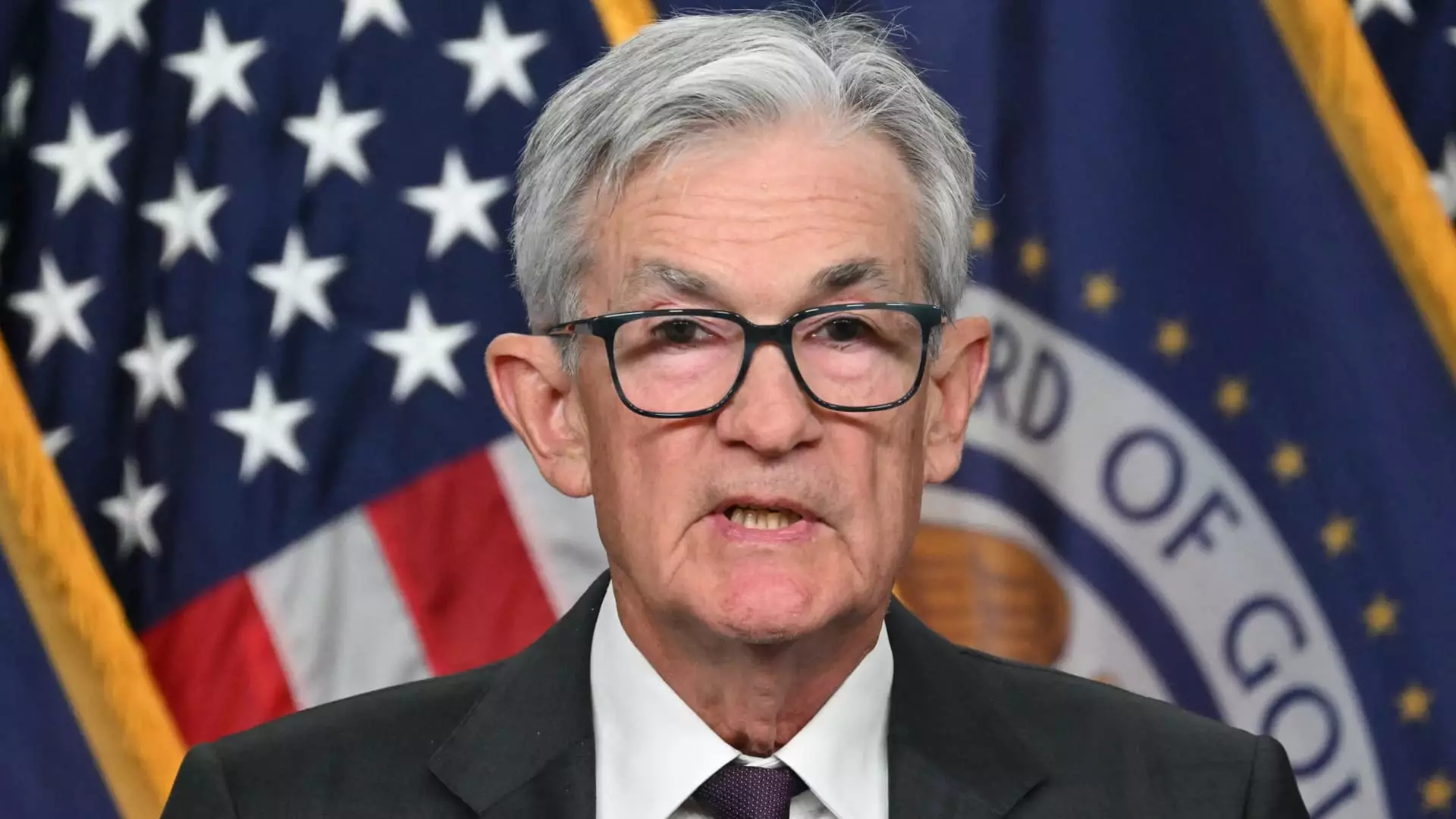The Federal Reserve, the United States’ central bank, recently opted to maintain its key interest rate, a decision that deviated from its previous trend of lowering rates amidst growing economic uncertainties and shifting political dynamics. As the Federal Open Market Committee (FOMC) convened, it chose to hold the overnight borrowing rate steady between 4.25% and 4.5%, effectively pausing its series of rate cuts that began in September 2024. This course of action reflects the Fed’s effort to navigate a complex political landscape following the inauguration of a new president with a particular agenda for monetary policy.
The FOMC’s decision comes after a comprehensive series of three consecutive rate cuts, aimed at stimulating economic growth. However, with the political scenery altered by Donald Trump’s recent presidency, the decision to keep rates unchanged underscores the Fed’s cautious stance amid potential economic volatility. Notably, Trump has made it clear that he favors further rate reductions to bolster economic activity, a stance that could complicate the traditional independence of the Federal Reserve.
In its post-meeting statement, the Fed signaled a slightly more positive outlook on labor market conditions, emphasizing that unemployment rates remain low and overall employment levels appear stable. This contrasts with previous statements which highlighted progress in controlling inflation. Instead, the new emphasis suggests that while the labor market is strong, inflation remains a persistent challenge, creating a precarious balance for Fed policymakers.
The latest report from the central bank indicated that inflation remains somewhat elevated, contradicting the Fed’s ideal goal of stabilizing inflation rates at around 2%. With inflation hovering at 2.4%, the Fed must tread carefully, as a tight labor market typically exerts upward pressure on wages and, subsequently, prices. Chair Jerome Powell reiterated the need for the Fed to analyze the lagging effects of previous rate cuts before making further adjustments to monetary policy. This cautious approach reflects an understanding that both the labor market dynamics and inflation require further monitoring before any decisive actions are undertaken.
Moreover, signs of a robust economy, as evidenced by consumer spending and growth predictions, could temper the Fed’s inclination to cut rates too aggressively. The GDP for the fourth quarter is projected to grow at an annual rate of 2.3%, albeit lower than earlier estimates. The slight downward revision underscores the fluctuating nature of domestic investment and provides insight into the complexity of the current economic climate.
The Political Influence
Adding to the uncertainty is the tumultuous political backdrop stemming from Trump’s administration. His rapid policy shifts, characterized by executive orders aimed at an aggressive economic agenda, could create headwinds for the Fed’s decision-making processes. With Trump’s vocal insistence on lowering interest rates immediately, his presidency may foster tension between the executive branch and the Federal Reserve. Unlike previous presidents, Trump’s unabashed approaches toward tariffs and deregulation may influence economic sentiments and, by extension, the central bank’s operating environment.
The FOMC’s unified decision to keep rates stable reflects an emphasis on continuity within its policy framework, despite the pressures emanating from the political sphere. Powell’s lack of communication with Trump following the president’s statements suggests a deliberate choice to maintain the Fed’s independence and integrity. It remains crucial for Fed officials to avert being swayed by short-term political considerations that could jeopardize long-term economic stability.
Market Reactions and Future Considerations
On the day of the announcement, the stock market reacted negatively, potentially highlighting investor concerns over the Fed’s ability to navigate both political pressures and economic realities effectively. Financial markets are currently pricing in a slower trajectory for interest rate cuts compared to earlier predictions. The CME Group data suggests a high probability of maintaining the current rates before any cuts might be implemented later in the year.
The evolving landscape underscores a central challenge for the Federal Reserve: how to adapt to shifting political priorities while adhering to its mandate of fostering maximum employment and stabilizing prices. As members of the FOMC assess the efficacy of their prior cuts and gauge market reactions, the path forward will depend heavily on both domestic economic indicators and the broader political environment.
While the Fed’s decision to pause rate cuts may seem prudent in the wake of a solid labor market and economic growth, the implications of a politically charged climate complicate its policymaking landscape. Moving forward, the central bank must remain vigilant, balancing the need for economic stimulation with the necessity of maintaining its independence amidst external pressures.

